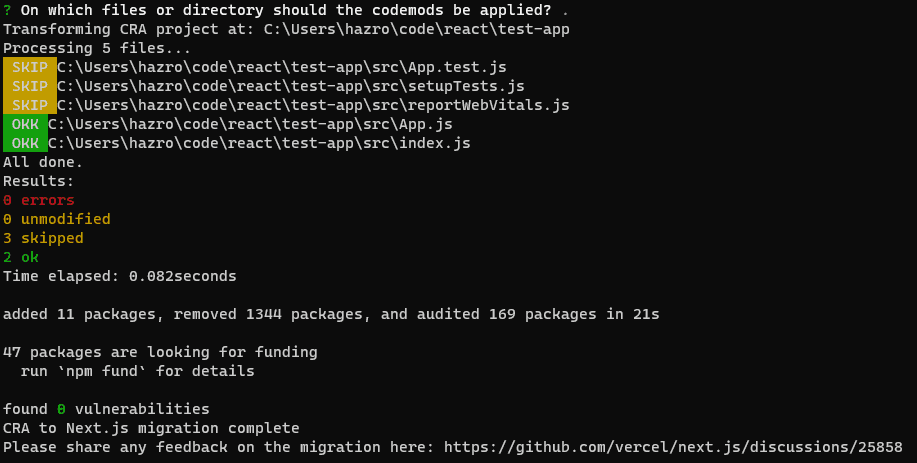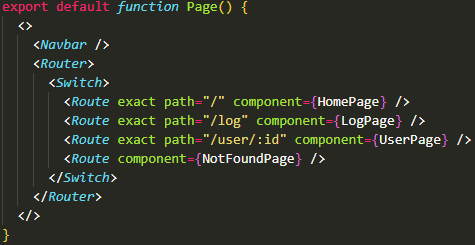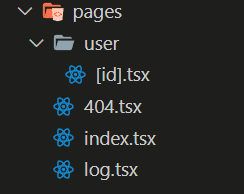Do you know how to migrate React projects to Next.js?
Last updated by Brady Stroud [SSW] about 1 year ago.See historyWhile React is great for developing high-quality web apps, Next.js offers a wide range of features that React doesn't have, like static site generation (SSG), server-side rendering (SSR) and API routes.
Codemod
A great automated way to migrate your create-react-app site to Next.js is by using the @next/codemod tool.
npx @next/codemod cra-to-next
This tool is a great starting point, but make sure to check all intended functionality has been ported correctly.
Data Fetching
It is also important to understand that when moving over the client-side functionality of the React app, it will not be using any of the powerful server-side Next.js features. If you can find parts of your application that can be moved to getServerSideProps or getStaticProps, make sure to manually add this functionality.
Routing
It is important to keep in mind that Next.js uses file-based routing, so there must be additional care in migrating React applications that use react-router or react-router-dom. While these libraries will still function as intended in Next.js by running this code on the client, many of the advantages of using Next's file-based routing will not be realised.
By using the [id].tsx, we can create a dynamic route, where the ID can be accessed via props. This can then be used by either client-side React code or the Next.js specific server-side functions getStaticProps and getSeverSideProps to fetch data based on the request URL.


